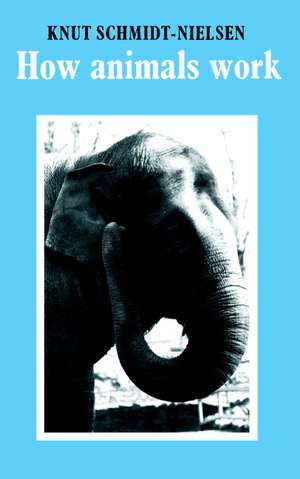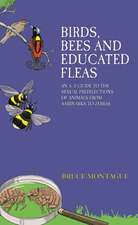How Animals Work
Autor Knut Schmidt-Nielsenen Limba Engleză Paperback – 29 iun 1972
Preț: 306.50 lei
Nou
Puncte Express: 460
Preț estimativ în valută:
58.66€ • 61.01$ • 49.16£
58.66€ • 61.01$ • 49.16£
Carte tipărită la comandă
Livrare economică 13-27 martie
Preluare comenzi: 021 569.72.76
Specificații
ISBN-13: 9780521096928
ISBN-10: 0521096928
Pagini: 124
Dimensiuni: 140 x 216 x 17 mm
Greutate: 0.15 kg
Editura: Cambridge University Press
Colecția Cambridge University Press
Locul publicării:Cambridge, United Kingdom
ISBN-10: 0521096928
Pagini: 124
Dimensiuni: 140 x 216 x 17 mm
Greutate: 0.15 kg
Editura: Cambridge University Press
Colecția Cambridge University Press
Locul publicării:Cambridge, United Kingdom
Cuprins
Foreword Professor Torkel Weis-Fogh; 1. Respiration and evaporation; 2. Panting and heat loss; 3. How birds breathe; 4. Exercise, energy, and evaporation; 5. Countercurrent, a cheap trick; 6. Body size and problems of scaling; References; Index.
Recenzii
"This book is a little gem; it treats in an authoritative and charming manner a number of physiological and morphological adaptations which animals evolved in coping with certain environmental exigencies...I recommend [this book] to fellow biologists of all ages as one of the better buys of its kind." Science








